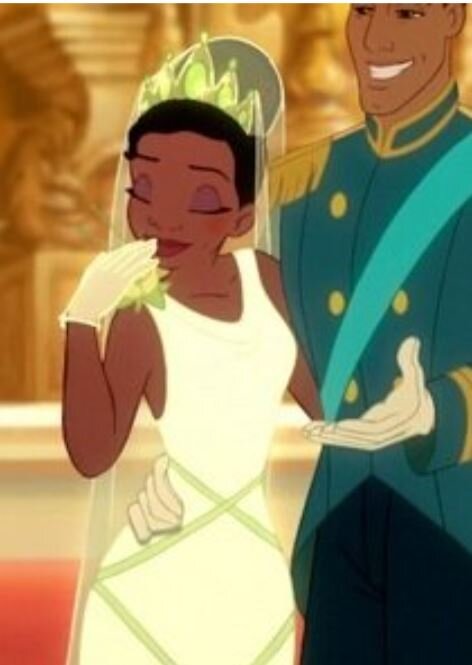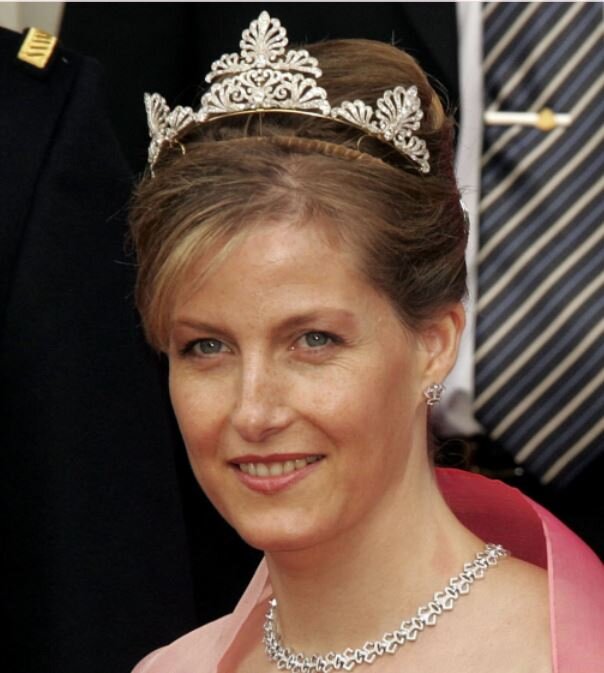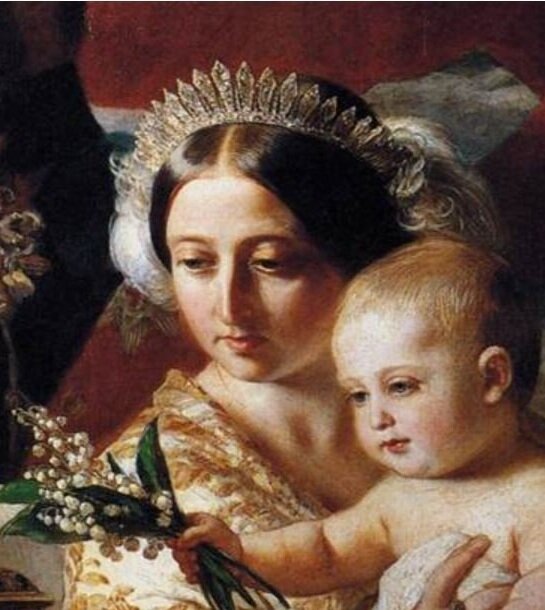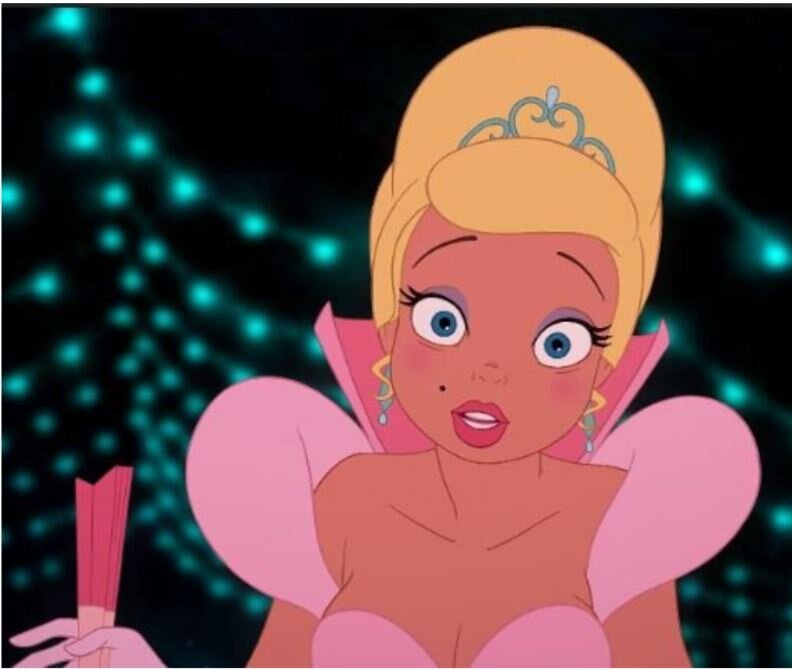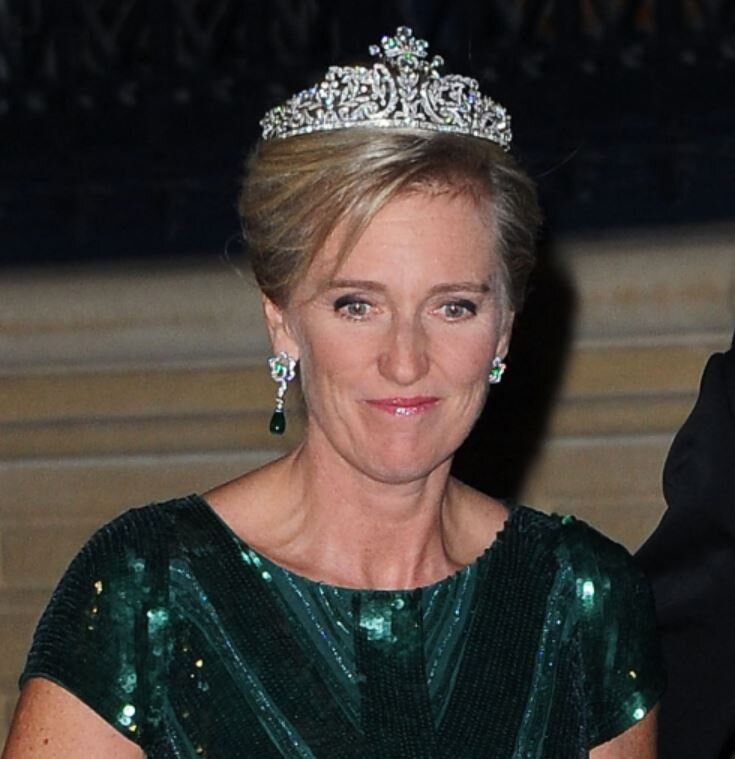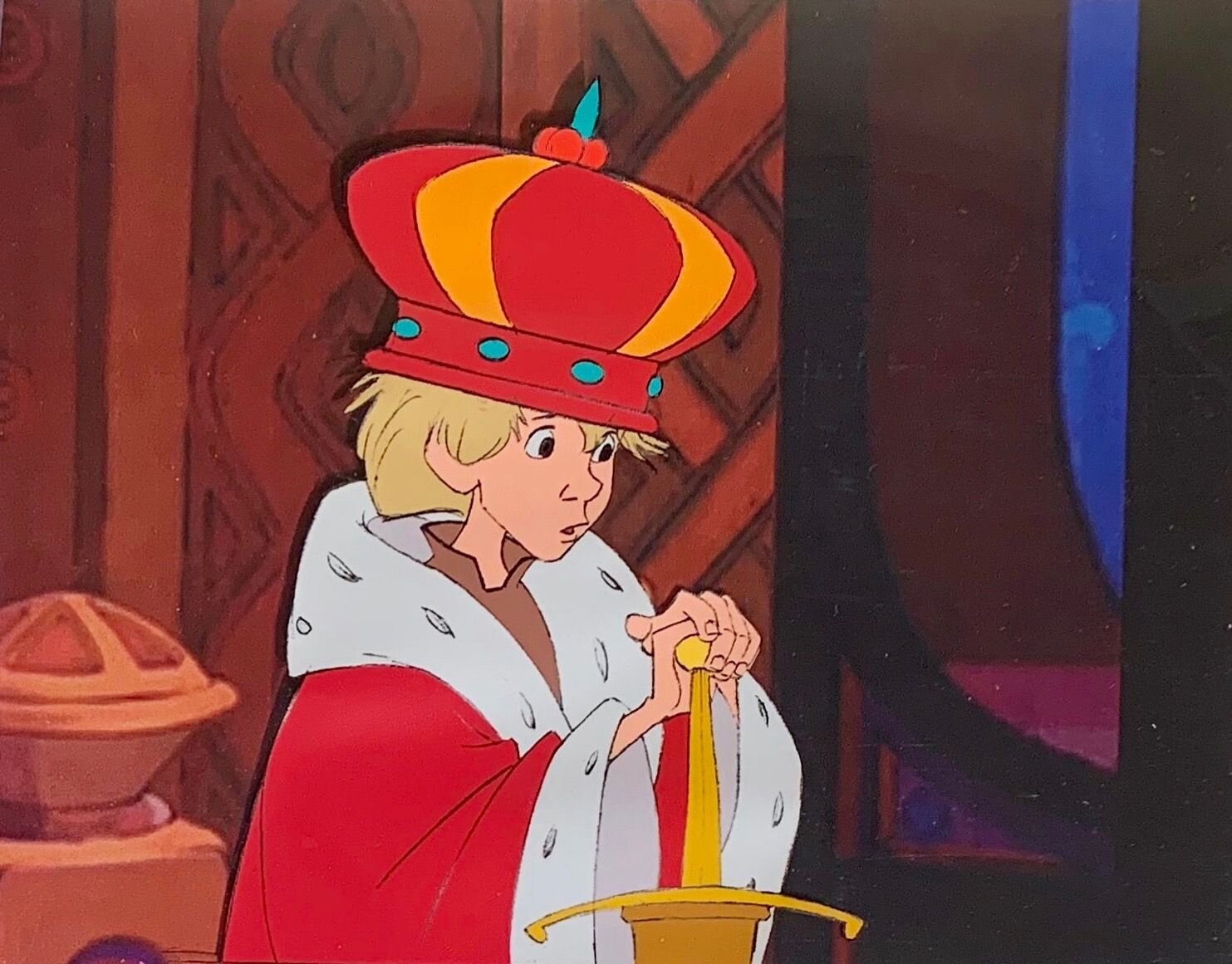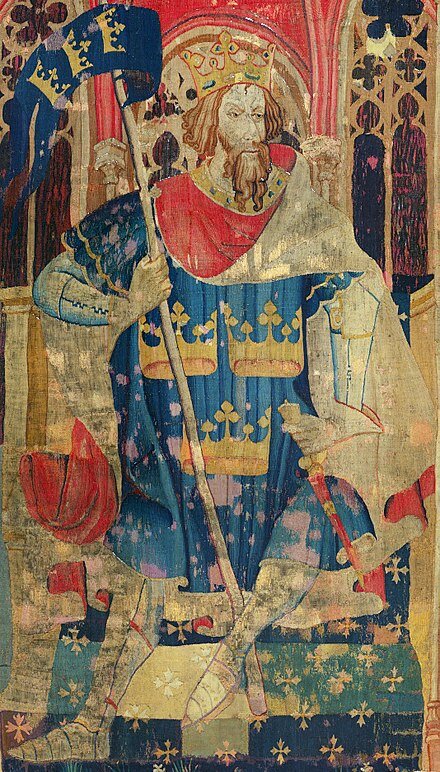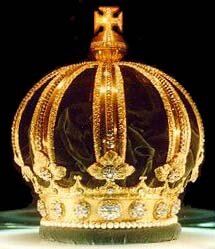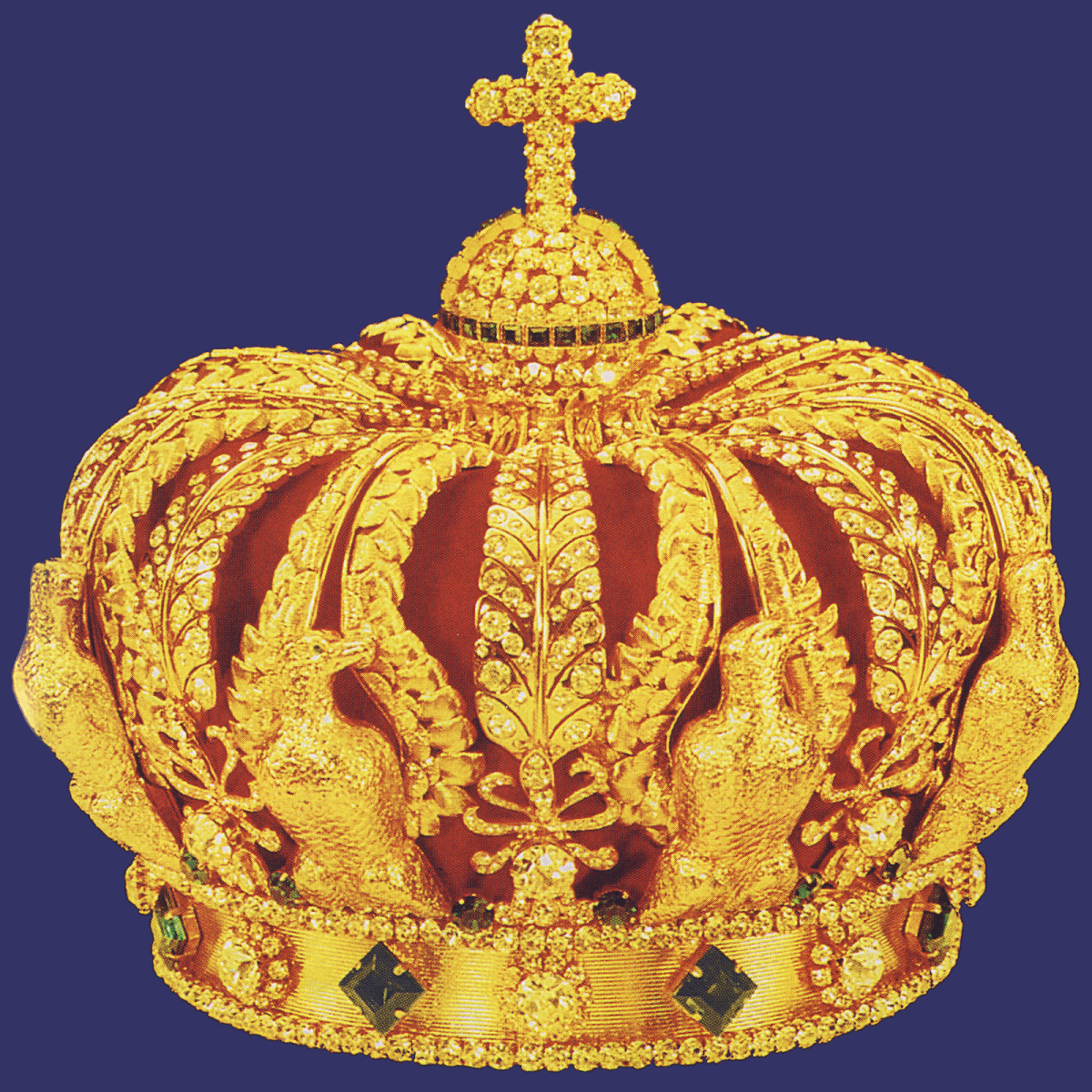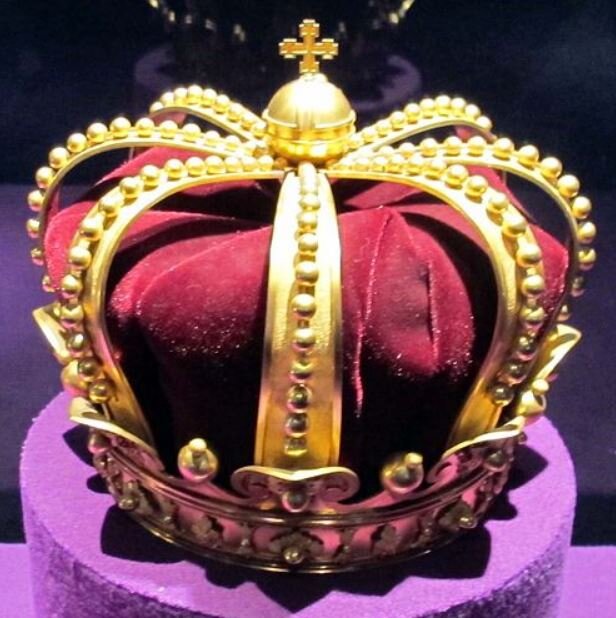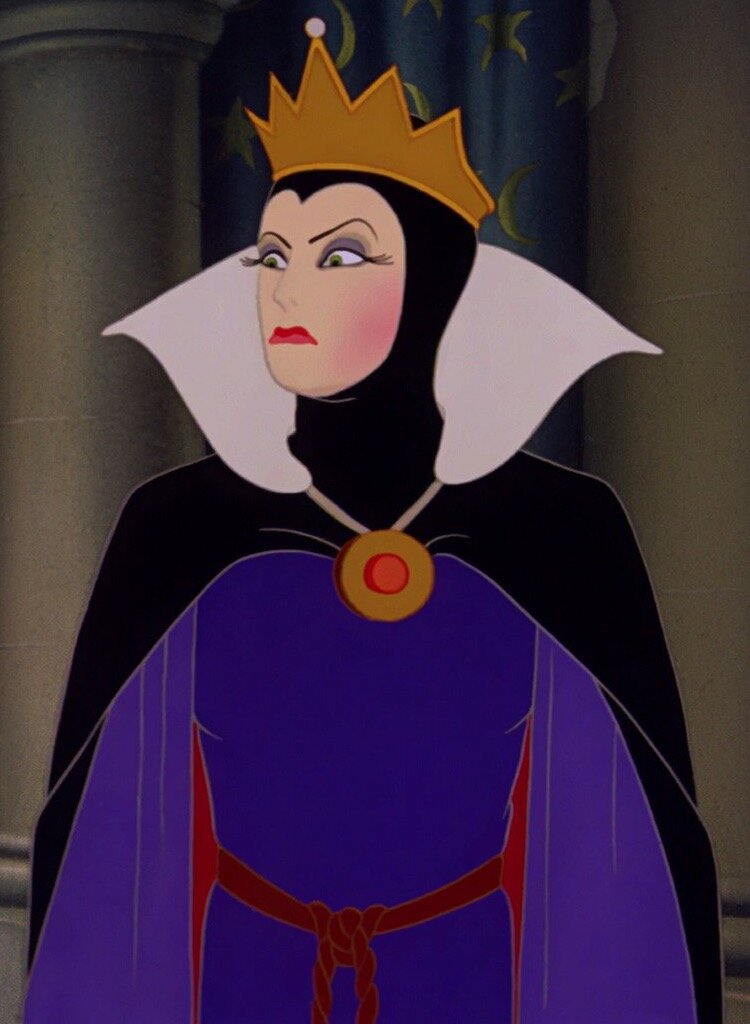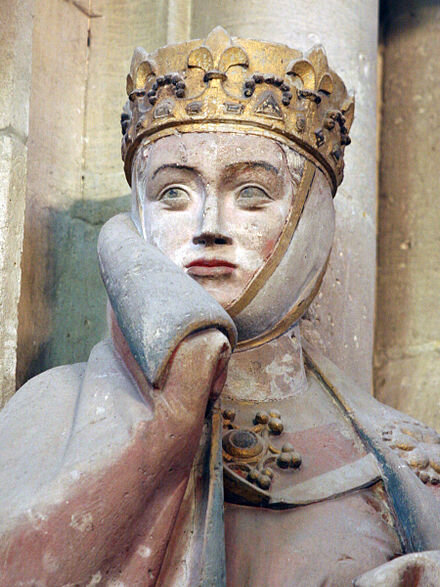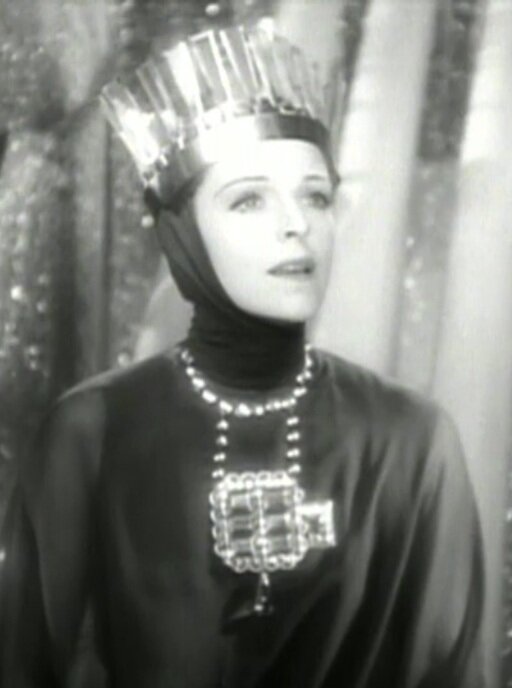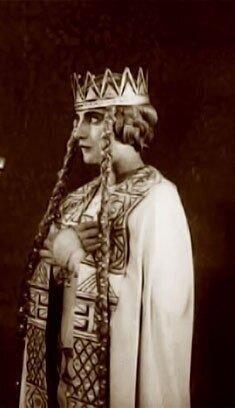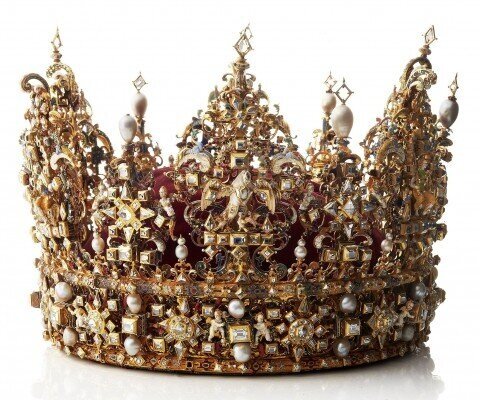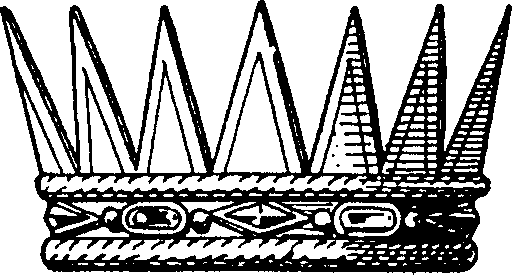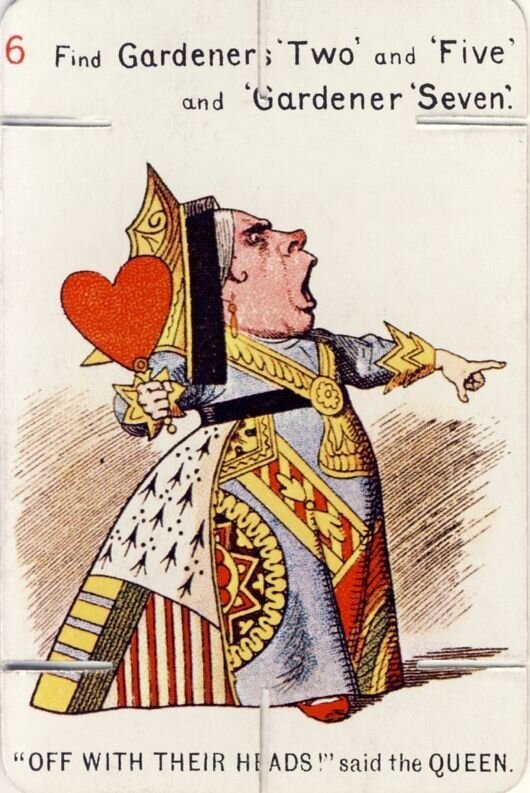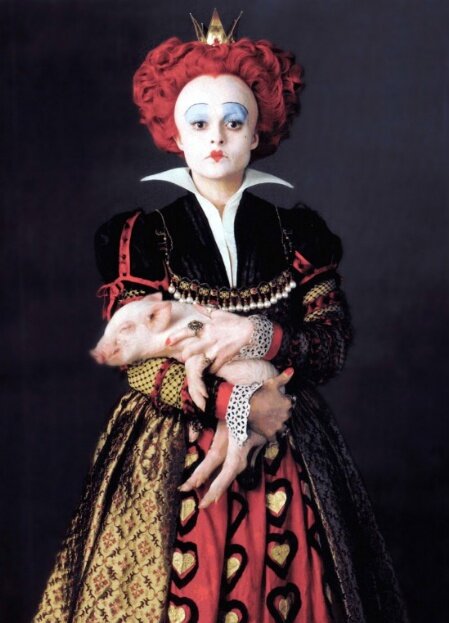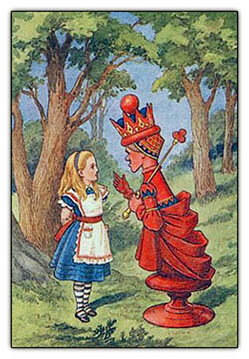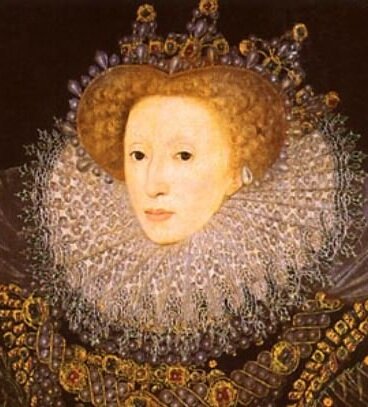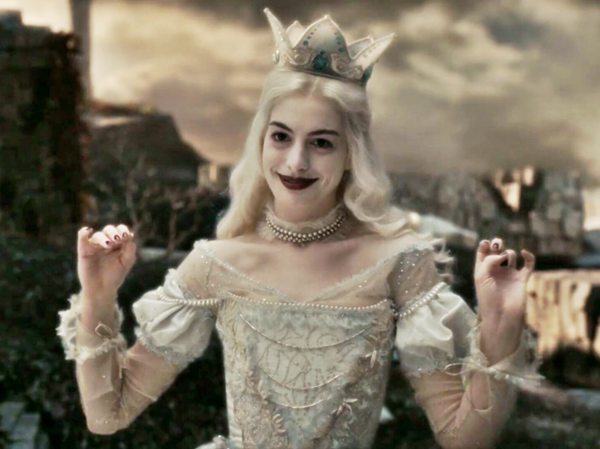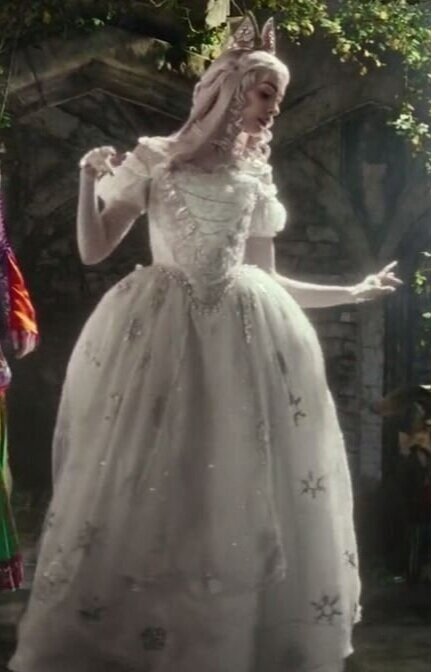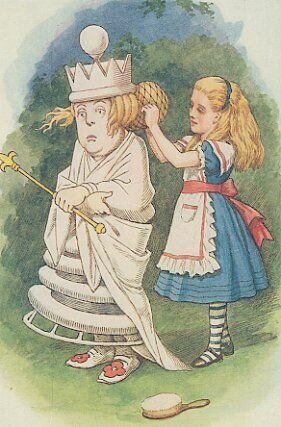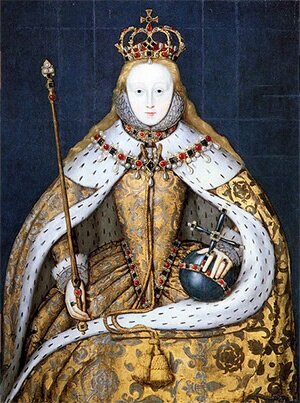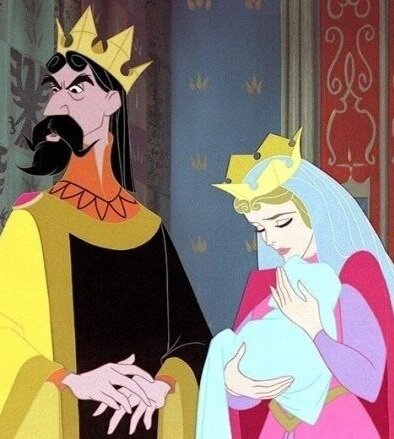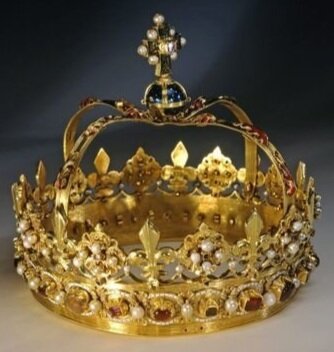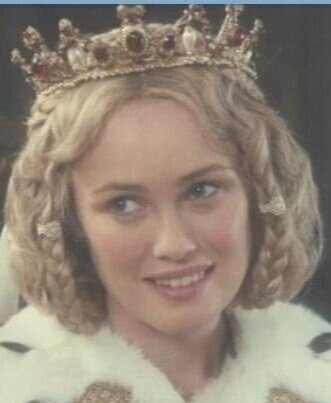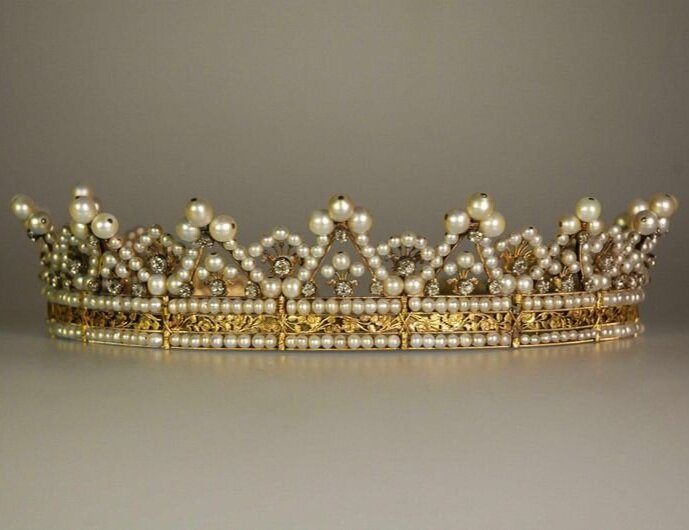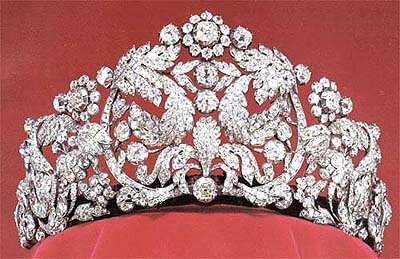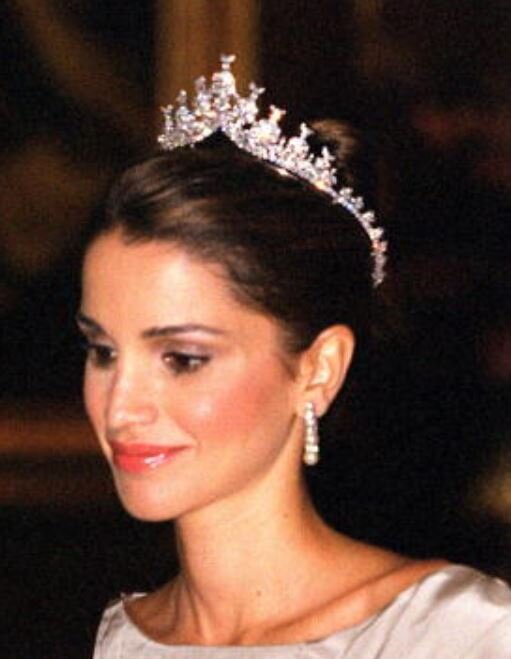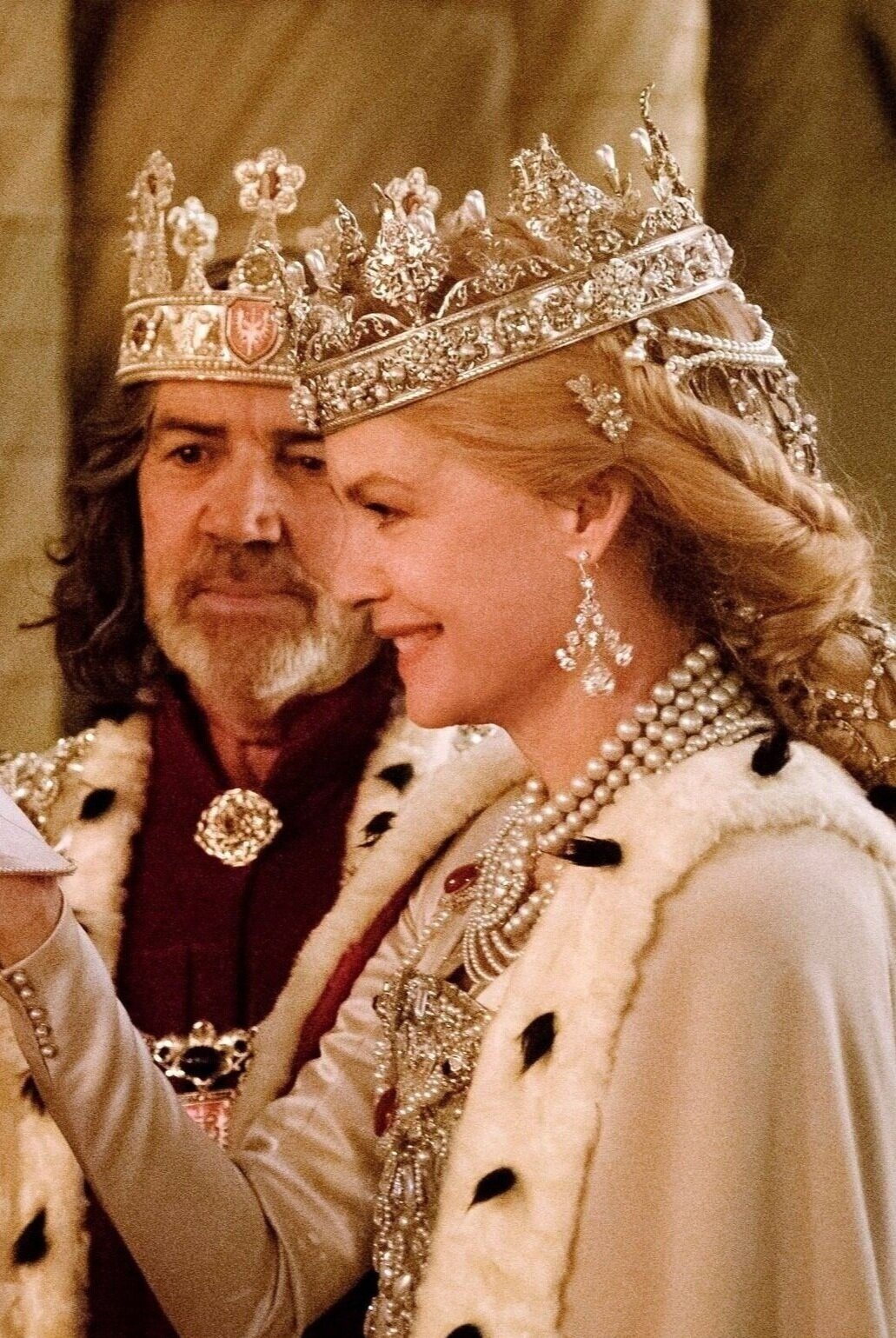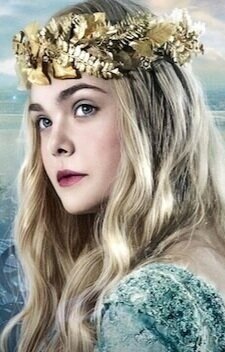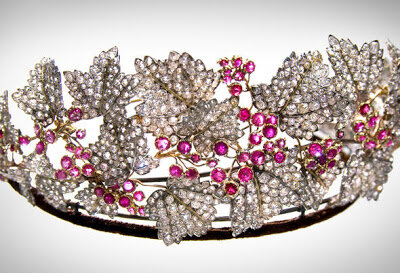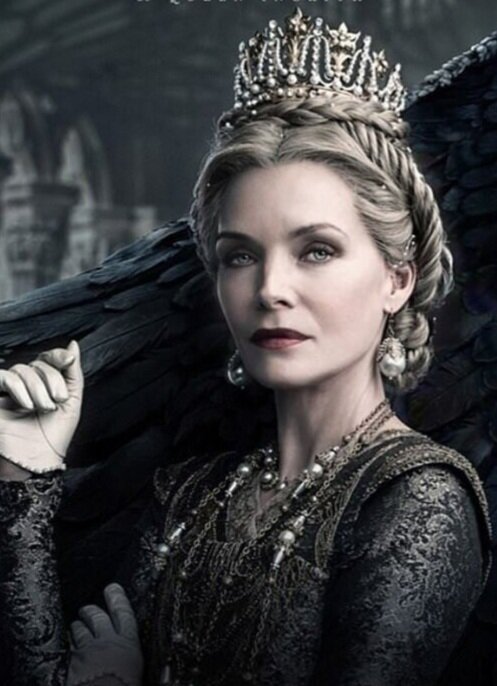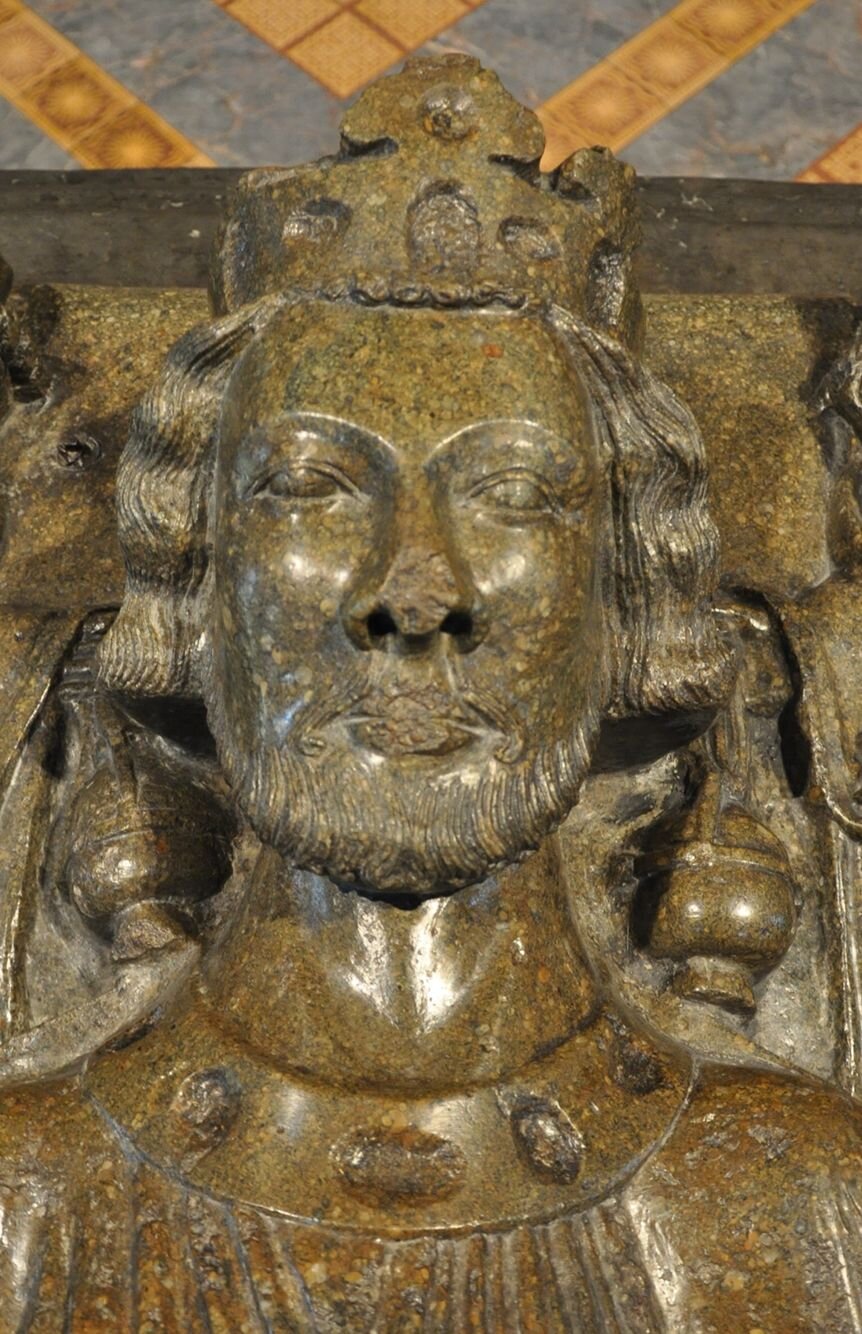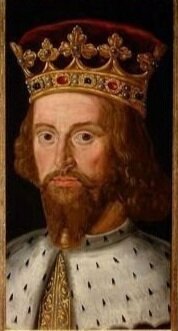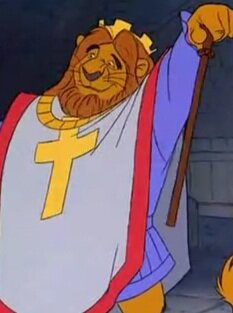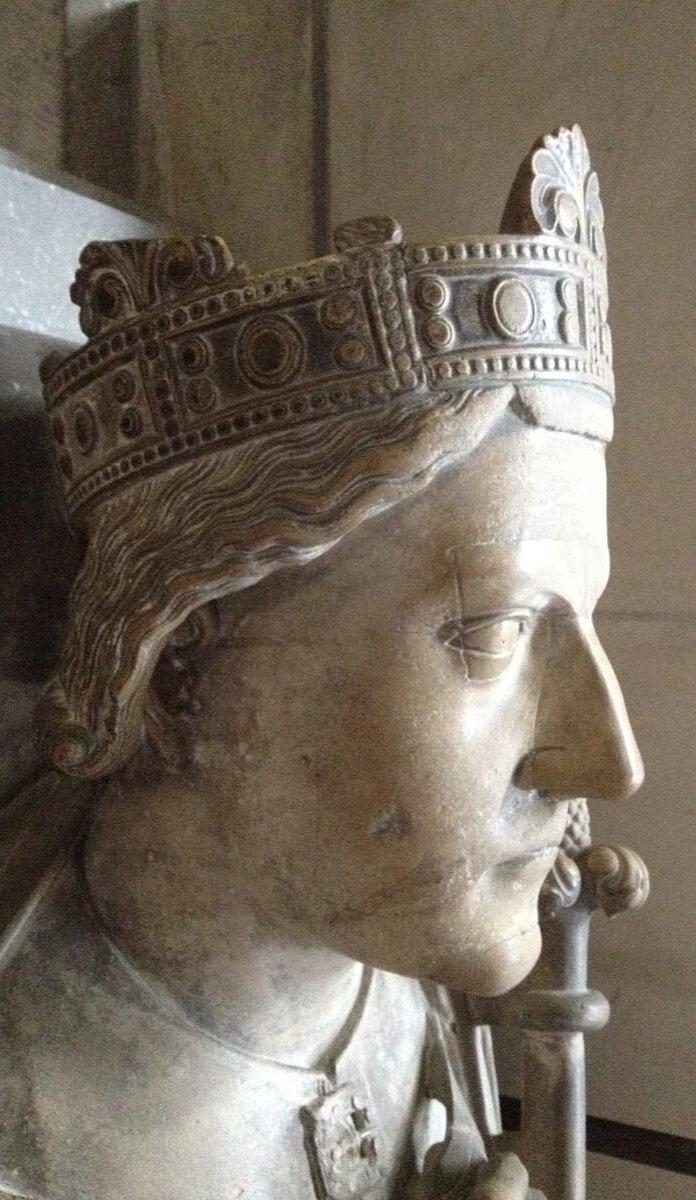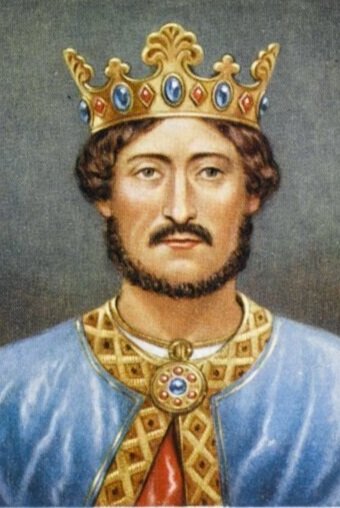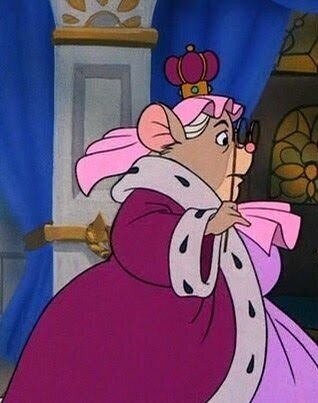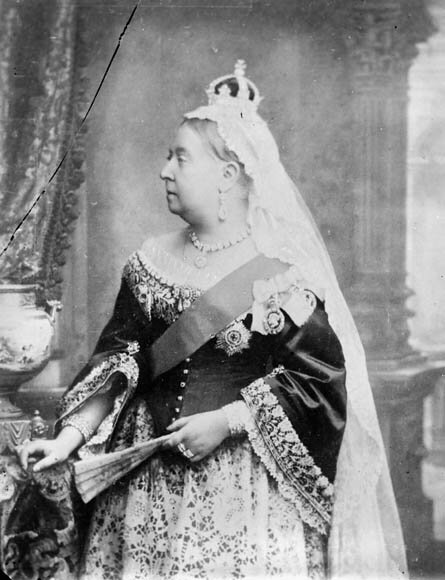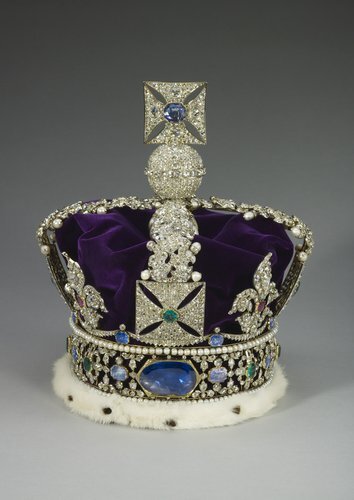Disney Crowns and Tiaras: Historical and Modern Inspirations (Part II)
Related Blog Posts:
Disney Crowns and Tiaras: Historical and Modern Inspirations (Part I) - Snow White, Alice in Wonderland (cartoon and live), Sleeping Beauty/Maleficent, Robin Hood, and the Great Mouse Detective
Diadems, Tiaras, and Crowns, Oh My! - an overview of types, definitions, and purposes
The Classic Disney Influences in the Costumes of "The Descendants”
I decided a while back that I wanted to compare the crowns and tiaras in Disney films to real life crowns and tiaras, posted up one blog post about it in April, and then…nothing for a long time because pandemic depression.
So uh, here is part 2 finally. I’m not saying that these original crowns/tiaras WERE inspirations for those in the films (some actually post date the crowns/tiaras in the films), but am just looking for similarities.
Today, I’m going to look at crowns and tiaras in Cinderella, Little Mermaid, The Princess and the Frog, and The Sword in the Stone!
The king’s crown (Cinderella, 1950); a modern replica of the Crown of Rus (Ukraine); the Frankfurtian crown of Charles VII
Cinderella at her wedding (1950); Grace Kelly at her wedding to Monaco’s Prince Rainier in 1956; Audrey Hepburn in her wedding dress for cancelled wedding with James Hanson in 1952 (Credit: Bettmann / Getty)
The King’s Crown: Although the king doesn’t wear a crown in either the cartoon or live action versions, in the animated version, he does throw his crown out of the window. I managed to get a screenshot of it. It’s notably trimmed in ermine, a fur associated with European royal crowns and robes, but is otherwise pretty unusual, as it features very tall golden spikes, appears to be open to the sky, and is otherwise pretty unadorned (are those rubies around the edge maybe?).
As I mentioned in my first post about Disney crowns, most actual crowns (which remember, are used for coronations and formal ceremonies, as opposed to the the more decorative function of tiaras) these days are closed. Open crowns were much more of a thing in medieval times. If you ignore the padding on the inside, the appearance of the crown bears some similarities to Ukraine’s Crown of Rus, as both feature gold sides ascending into spikes of varying heights. The only gold spiky open crown I could find was the smaller of the imperial coronation crowns of Charles VII (Holy Roman Empire, made in Frankfurter in 1742). The Frankfurter crown is also relatively unadorned with jewels.
Cinderella’s wedding cap: Cinderella (Cartoon) doesn’t wear a tiara in the animated version, but she does have this odd headband/cap thing on her head, which honestly looks more like the juliet caps of the 1950s, as seen on Grace Kelly, more than any sort of tiara. This makes sense, as Disney is known for using a lot of modern clothing elements (modern meaning the years in which the film was developed and released), so the use of a 50s style wedding headdress and dress silhouette is totally on brand for them.
Cinderella’s wedding outfit (2015); Cinderella with her prince (2015); Queen Letizia’s floral tiara (created 1879, Queen Letizia of Spain); Empress Farah Pahlavi’s floral tiara (Credit: Historical Collection / Alamy); (unknown date of creation, but worn in the 1970s, Empress of Iran)
Cinderella (Live action) - The gold, brightly colored floral tiara that Cinderella wears in the live action version has a few real life counterparts. It reminds me a bit of maybe queen Letizia floral tiara or Empress Farah Pahlavi’s floral tiara.
King Triton (The Little Mermaid, 1989), Detail from Dispute between Minerva and Neptune over the Naming of the City of Athens by René-Antoine Houasse, c. 1689-1706
Ariel at her wedding (1989), the Braganza Tiara - 1829, Queen Rania’s diamond tiara (Credit: Tim Graham Picture Library / Getty); (Rania of Jordan, unclear where or when tiara was made) ,
Ariel and her daughter Melody (The Little Mermaid II: Return to the Sea, 2000), Princess Astrid of Norway wearing the Norwegian Gold Bandeau (possibly inherited from Princess Ingeborg of Sweden); Queen Sonja of Norway wearing the Norwegian Emerald Parure (Credit: Pascal Le Segretain / Getty); (possibly dating back to the 1820s-1830s)
Melody (2000); Madeleine, Princess of Sweden, wearing her Aquamarine bandeau
King Triton’s crown doesn’t look like any crown I’ve ever seen, but I believe it’s supposed to be different because he’s an underwater king. It looks like it’s supposed to emulate coral, not metal, and seems to echo the spikes of Triton’s trident, rather than any crown. I checked to see if his crown looks anything like traditional depictions of Poseidon. I only found one depiction of Poseidon/Neptune that looked anything like this. For the most part, statuary and paintings of Poseidon’s crown do /not/ look like Triton’s crown, but I did find one painting that has a crown with some similarities - Dispute between Minerva and Neptune over the Naming of the City of Athens by René-Antoine Houasse. The painting’s crown appears to go all the way around Poseidon’s head though, while Disney Trident’s crown appears to sit on the front of his head only. Note: Triton sports the same long hair and beard that Poseidon usually sports (although Triton’s is more extreme). Fun fact: Triton in Greek mythology is the son of Poseidon and is usually represented as a merman (and looks nothing like the disney character).
Ariel’s wedding tiara greatly resembles Aurora’s tiara from Sleeping Beauty, which I talked about previously. As I said then, “I couldn’t find any plain gold tiaras in this shape, but I did find a few modern silver and diamond that resemble it, such as the Braganza Tiara and Queen Rania’s Diamond Tiara. “
Ariel sporting an emerald tiara and jewelry set in Little Mermaid 2 - This tiara reminds me a lot of the Norwegian gold bandeau, which is primarily gold and studded with white, green, and red stones. I really haven’t seen many tiaras with white stones in them at all, much less matched with green, so I was pretty excited to see such a close match to Ariel’s crown. Also, with her matching crown, earrings, and necklace, Ariel is actually wearing a parure, which is a jewelry set all intended to be worn together. I’ve included a picture of the Norwegian Emerald Parure to demonstrate what a full emerald jewelry set looks like in real life.
Princess Melody’s tiny tiara most resembles Princess Madeleine of Sweden’s aquamarine bandeau. This tiara, which some have dubbed “the cyclops” has a very simple design, and was assumed to be modern for a long time, but actually goes back several generations, possibly to the art deco period.
Tiana (The Princess and The Frog, 2009), Sophie, Countess of Wessex, wearing her Wedding Tiara (1999) (Credit: Pascal Le Segretain / Getty); a painting of Queen Victoria wearing Queen Adelaide’s fringe tiara (England, 1831)
Lottie (2009); Princess Madeleine of Sweden wearing her aquamarine bandeau (made for her in 2000 for her 18th birthday), Princess Astrid of Belgium wearing the Savoy Aosta Tiara (~1920s France) (Credit: Pascal Le Segretain / Getty)
Tiana’s wedding tiara has an unusual design that reminds me more of lilly pads than most crowns, but it does have some resemblance to the wedding tiara of Sophie, Countess of Wessex, and a depiction of Queen Victoria wearing Queen Adelaide’s fringe tiara (the fringe tiara looks a little different today, more narrow and with the diamond fringe cutting closer to the head - I’m not sure if that’s because of the painter’s interpretation of the tiara or if the tiara has been reset over time into a different shape).
Charlotte “Lottie” wears a very simple looking tiara that reminds me a bit of the Savoy-Aosta tiara in shape, but also definitely reminds me of Princess Madeleine’s aquamarine bandeau, which I included in the previous section on Princess Melody’s tiara in Little Mermaid 2.
Arthur (The Sword in the Stone, 1963), the Imperial Crown of Brazil (made in Rio de Janeiro in 1841), or Napoleon iii’s crown (made in 1855 in Paris and sold in 1885 by the Third Republic, this photo is a reproduction), Crown of queen Elisabeta of Romania (made in 1881)
Arthur’s crown in The Sword in the Stone is surprisingly modern for a film set in medieval England, as medieval kings tended to have crowns open to the sky rather than this covered crown with big imperial semi-arches Arthur is wearing here. See: the tapestry from c. 1385 depicting what King Arthur’s crown actually would have looked like (if he even existed). I think they chose this crown design more to emphasize how young and small Arthur is rather than to depict anything resembling historically accurate. Sidenote: a crown like this is very heavy and would DEFINITELY only be worn for ceremonial occasions and only a brief amount of time.
The crown reminds me greatly of the Imperial Crown of Brazil, Napoleon III’s crown, or Queen Elizabeta of Romania’s crown. You can see the resemblance in the shape, colors, and the lines of jewels along the base of the crown. All three of these crowns date to the 1800s. The legend of King Arthur goes back to the 500s or so, and the Sword in the Stone film is set in 1200s-1300s ish.





















